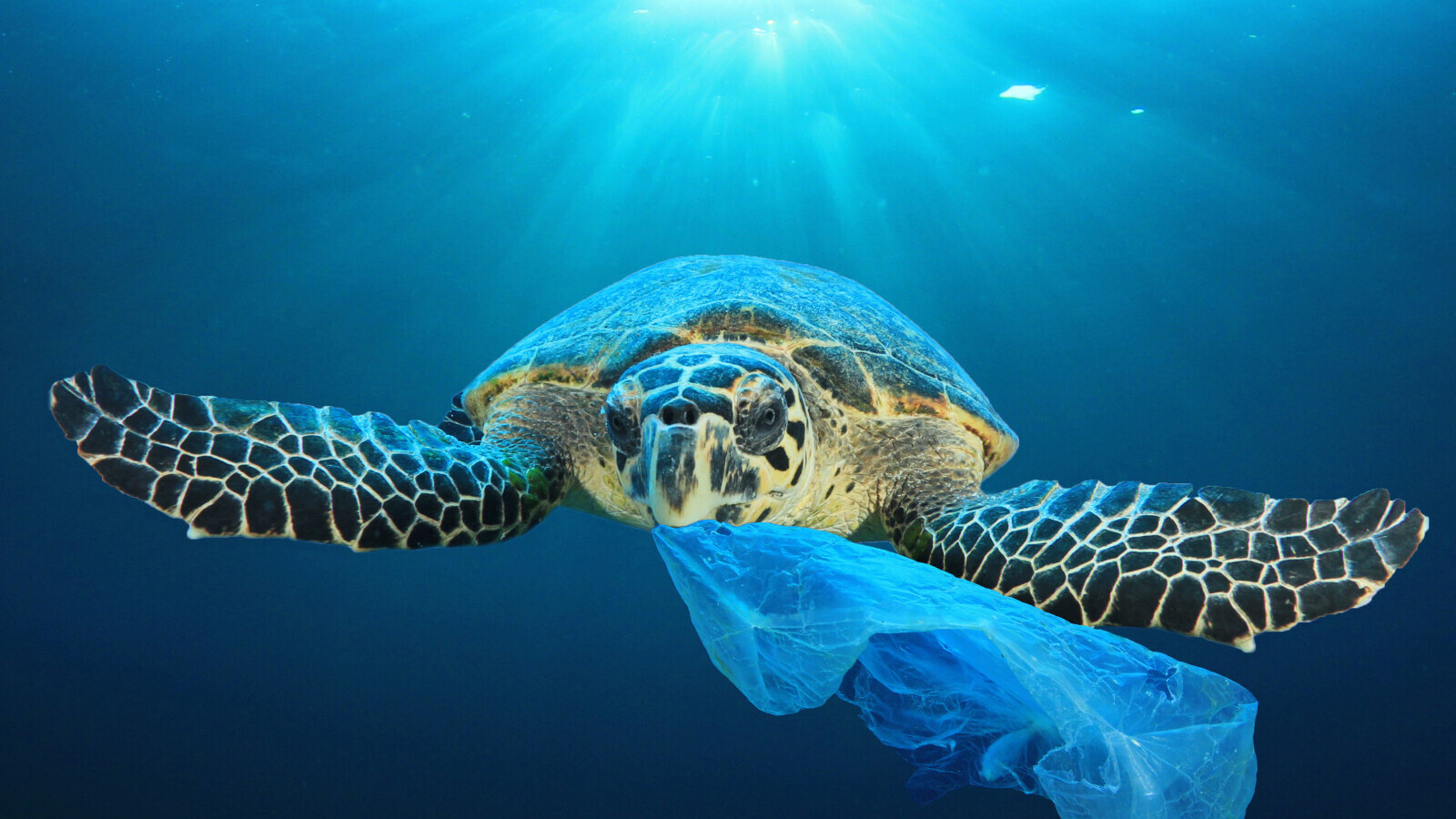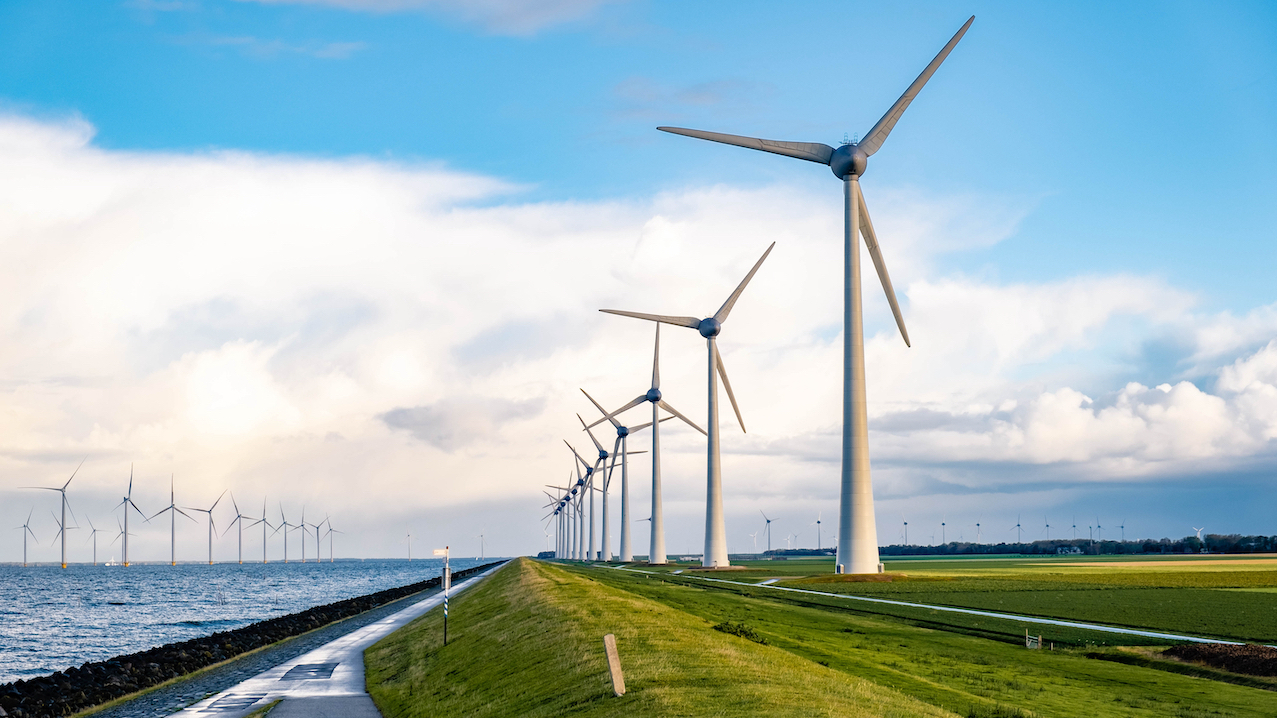
Green label ‘huge step forward’ for net zero, says UK nuclear sector chief
Chancellor Jeremy Hunt announced earlier today that nuclear will be labelled green in the UK taxonomy as the Tory veteran also announced the launch of Great British Nuclear.
In reaction to the announcement, Tom Greatrex, Chief Executive of the Nuclear Industry Association (pictured above), told Net Zero Investor this afternoon that “this is a huge step forward for UK energy security and net zero.
He said that "nuclear’s inclusion in the UK Green Taxonomy is a vital move, following the example set by other leading nuclear nations, and will drive crucial investment into new projects, making it cheaper and easier to finance new reactors."
Currently, the UK has five generating nuclear power stations, providing around 15% of the country’s electricity from 5.9 GW of capacity.
Hartlepool and Heysham I stations will retire by March 2026, and Heysham II and Torness will retire by March 2028, leaving only Sizewell B, with 1.2 GW of generating capacity.
Greatrex added that “the launch of Great British Nuclear with powers to select sites for new projects will make nuclear deployment much more efficient and give the supply chain a clear pipeline to work from."
UN endorsement
The United Nations Economic Commission for Europe found nuclear to have the lowest land use, lowest ecosystem impact and lowest lifecycle carbon of all generating technologies at 5.1g CO2/KWh. CCS with gas is 130g CO2/KWh.
Nuclear has saved the UK 2.3 billion tonnes of carbon emissions, far more than any other source. The saving is equivalent to all UK emissions from 2015 through 2020.
"The SMR selection will put us back in the global race, creating opportunities for home-grown technology and others to bring jobs and investment to the UK and helping us capitalise on export opportunities in a massive global market," Greatrex concluded.



